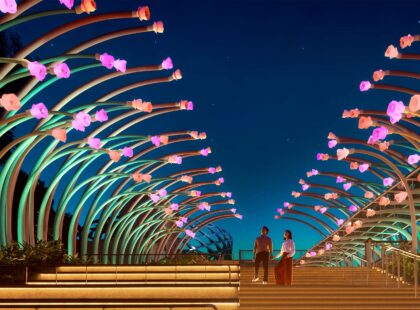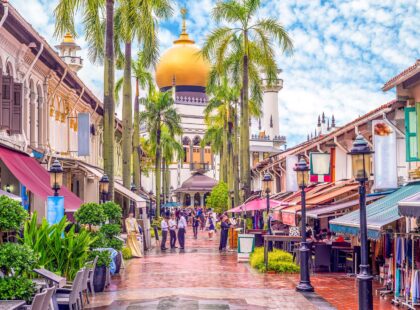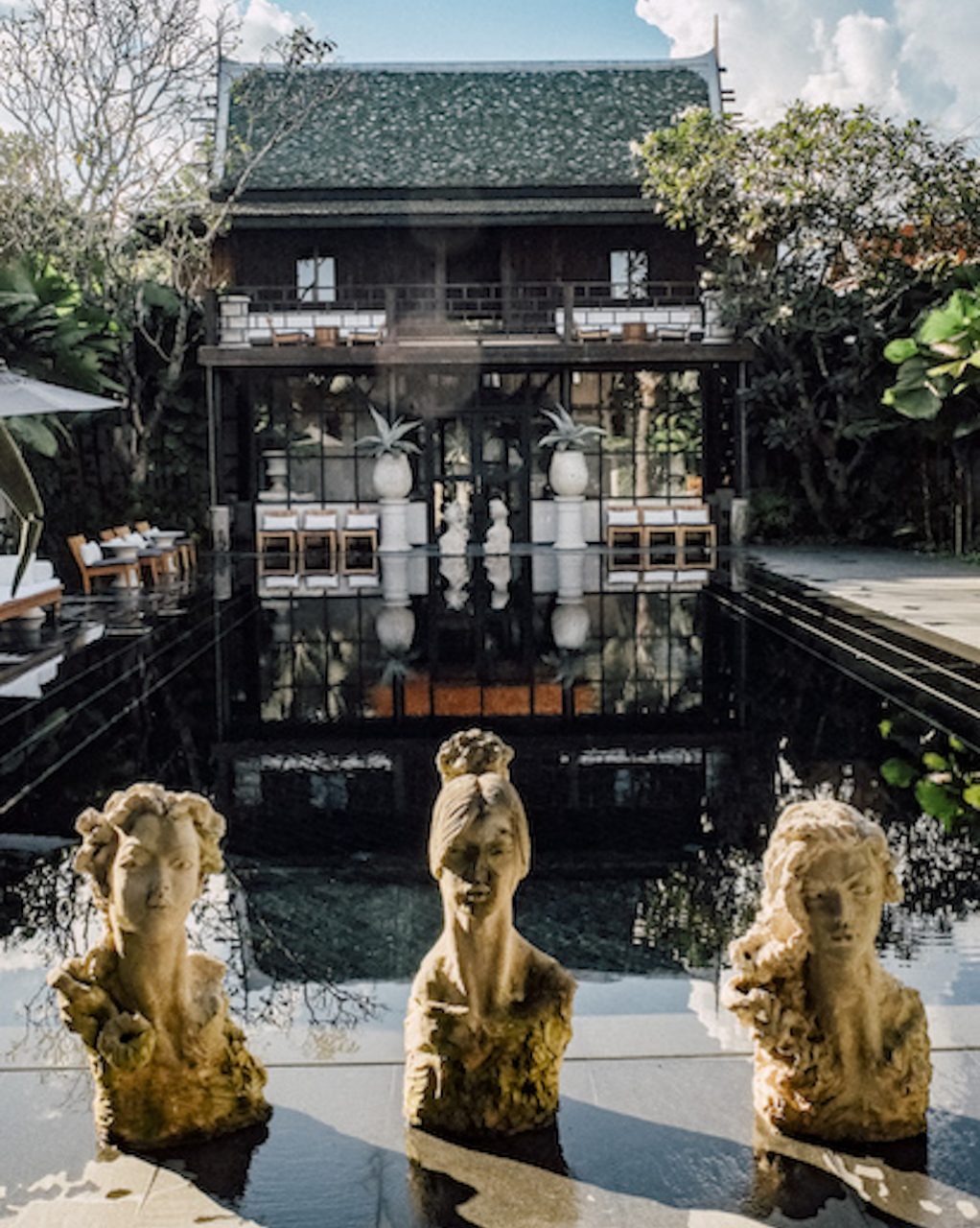
Up in the highlands of Doi Inthanon, the tallest peak in Thailand, lies a bucolic landscape straight out of a painting. In a verdant pasture tinged gold by the late morning sun, placid buffalo meditatively chew their cud; nearby, a group of ethnic Karen farmers thresh rice in unison. Completing the scene is another farmer methodically picking Cape gooseberries – glistening, golden globules ensconced in their delicate, paper-thin calyxes.
These exotic berries aren’t native to Thailand; they’re actually the fruit of the Royal Projects’ labour – a non-profit permaculture initiative pioneered by the late Thai King Bhumibol Adulyadej back in 1969. At that time, opium cultivation was rife among the northern hill tribes as a form of cash crop farming. However, the indiscriminate slash-and-burn practices they employed proved detrimental to the land; additionally, opium wasn’t a lucrative crop, as it could only be grown once a year. The villagers spiralled into poverty, while the water and soil on the mountain became increasingly depleted – issues that the King sought to correct by introducing alternative and more profitable crops, and encouraging reforestation.
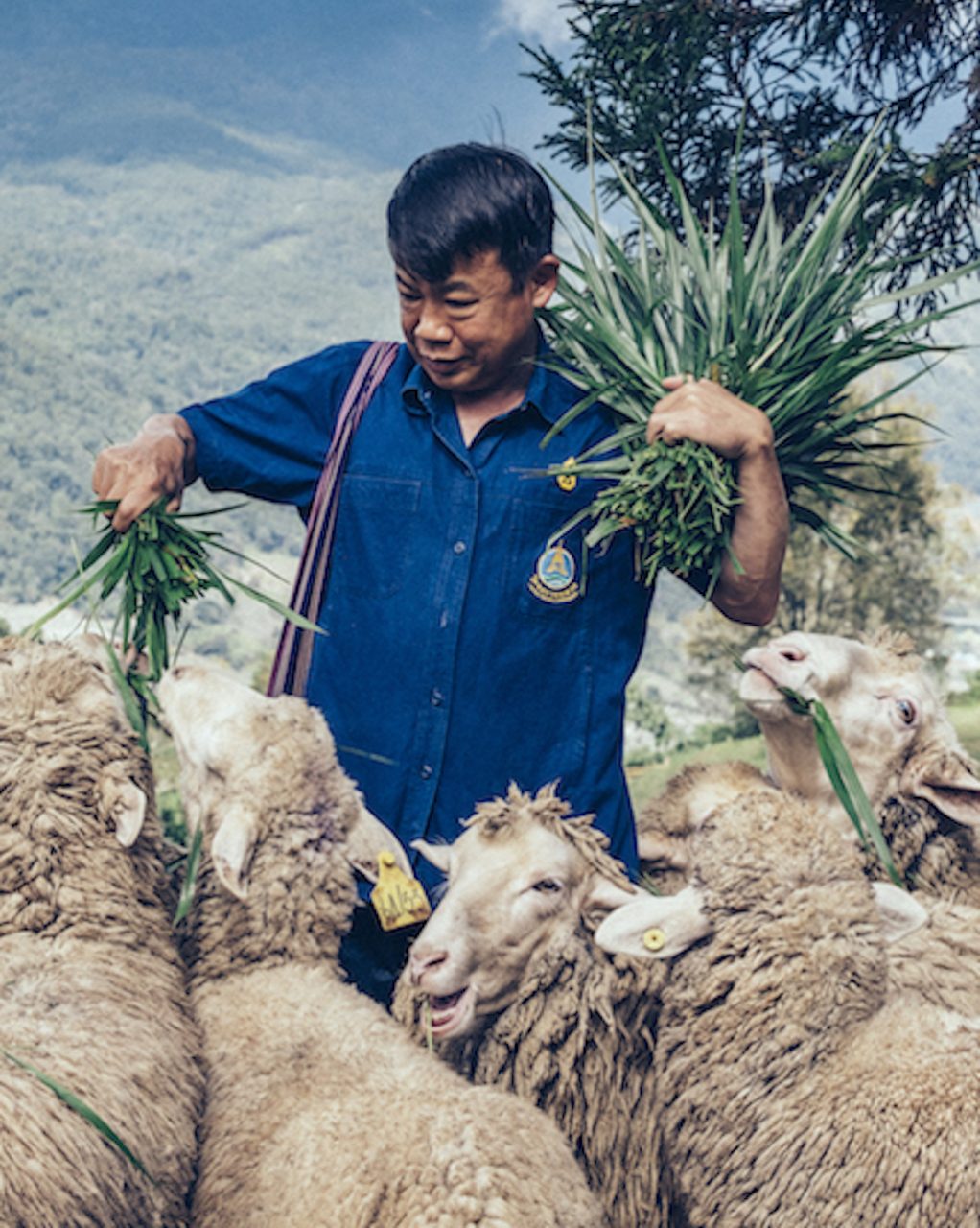
Over the next few decades, numerous Royal Projects took root across the country, empowering many rural communities by providing them with a more sustainable source of income, greater technical know-how and an overall higher quality of life. Today, the scourge of opium production – and consumption – has been all but eliminated.
In fact, the Royal Projects are perhaps more significant than ever, and a fitting testament to the late King’s vision and dedication to his people. Decades after they were first dreamed up, several of the more accessible Projects are being promoted by the government as tourist destinations, giving visitors the opportunity to both celebrate the monarch and learn more about the hill tribes and their way of life.
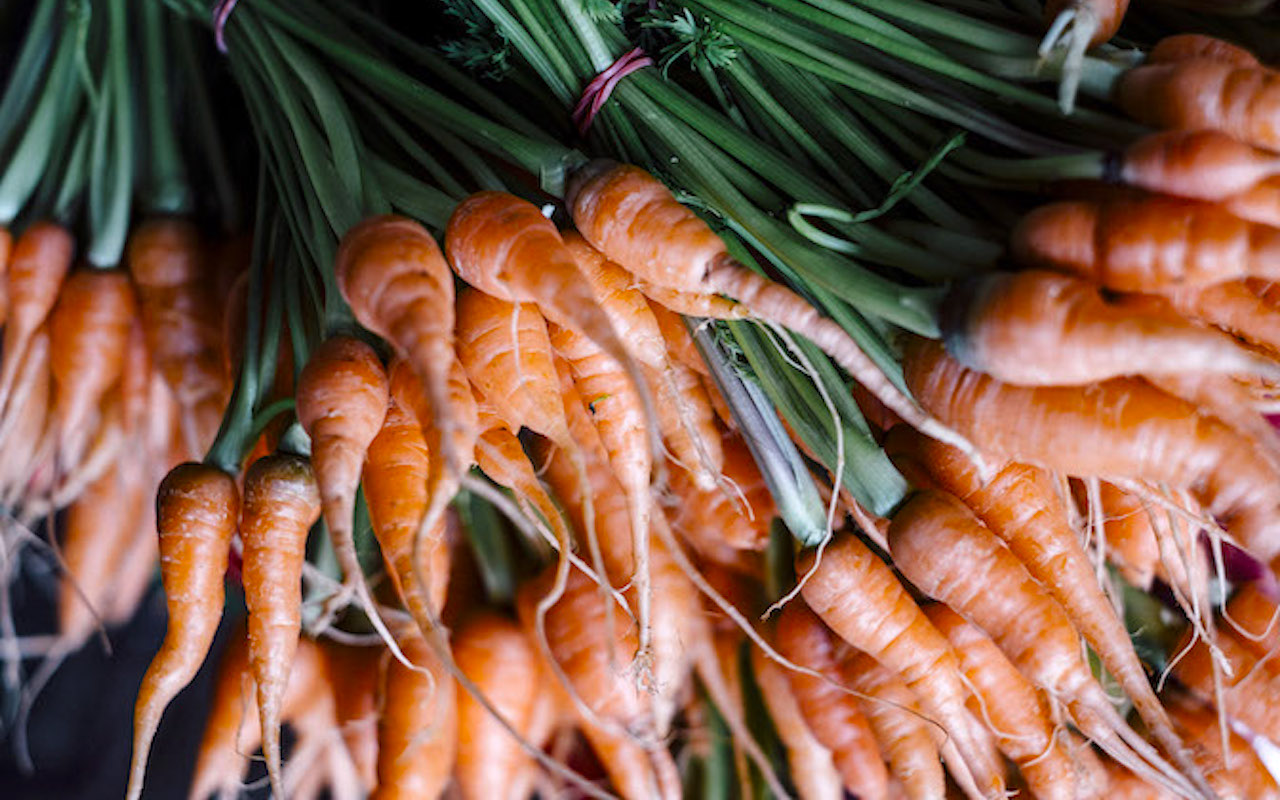
One of the oldest Royal Projects can be found on Doi Inthanon, where thousands of Karen and Hmong villagers grow diverse crops ranging from coffee to strawberries while learning new agricultural techniques from the Royal Agricultural Station Inthanon. “I’m grateful to the King for starting the Royal Projects, as they have benefited the hill tribes in so many ways. But they don’t just take care of the people; they also help conserve the environment,” says hydroponics researcher Suratana Mankit, otherwise known as Muay.
The petite and bespectacled 40-year-old has been working at the Royal Agricultural Station Inthanon for the last 15 years – ever since she graduated. “Back when it was all opium farming, there was no more forest, no more water. But when the Royal Projects started, the trees grew again, and the water returned.”
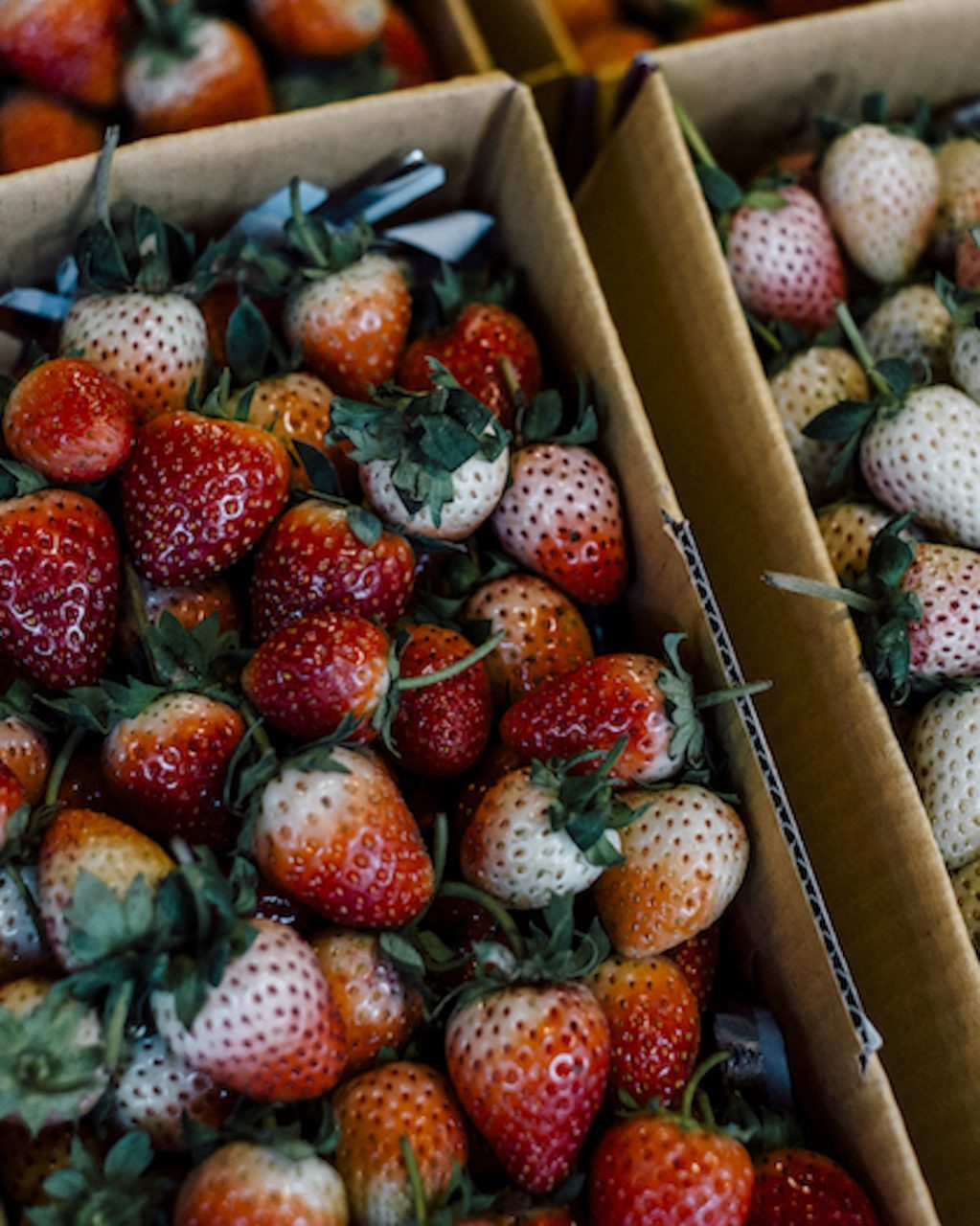
Fellow researcher Somsit Phromma shares her sentiments. “I find what I do here at the station meaningful, as it enables me to protect our natural heritage,” says the stoic 52-year-old, who has been working for the Royal Projects for 12 years. Today, he runs a sheep farm at the nearby Pha Tang Agricultural Station. “I’m helping to maintain the balance between man and nature, so they can coexist in harmony.”
Indeed, the land is now flourishing. The larger Inthanon research station is home to a hydroponics nursery, where temperate crops suited to the cooler northern climate, such as fennel and celery, are cultivated. There are also several flower gardens, which house a profusion of brightly hued blooms like rhododendrons and gerberas.
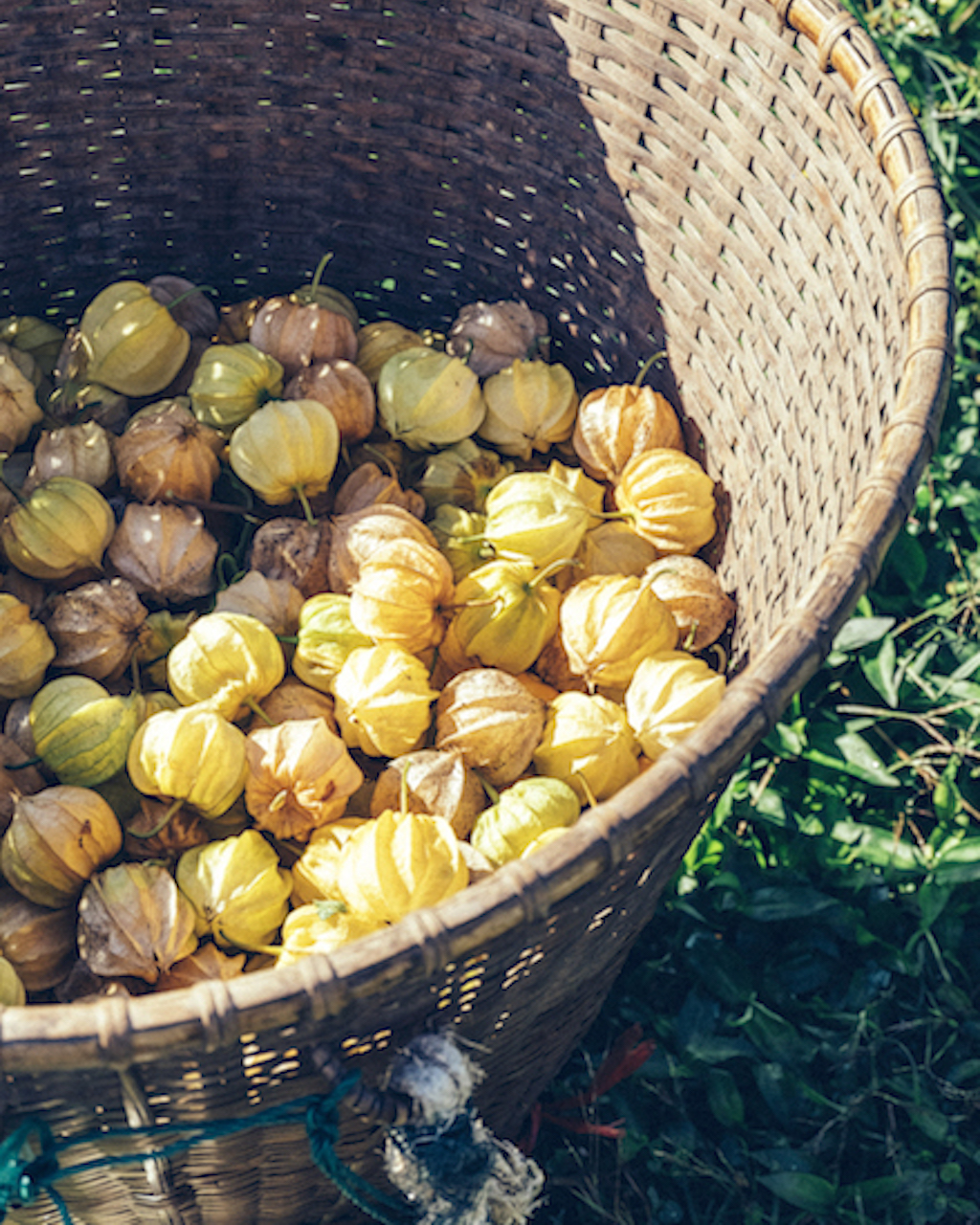
Dotting the grounds are highland fisheries, where rainbow trout, sturgeon and crayfish are raised (and their caviar harvested); as well as the sheep farm, where the wool produced is given to Hmong villagers to weave into scarves for sale. Majestic waterfalls cascade from the higher reaches of the mountain, while the Karen village of Mae Klang Luang is striped with emerald and gold paddy fields.
Much of the bounty from Doi Inthanon – and from the numerous other Royal Projects surrounding Chiang Mai – is dispatched to hotels, restaurants and supermarkets across the bustling northern city and beyond. “The Royal Projects benefit the lowland people, too,” says Muay. “In the past, people in the city used to consume food laden with chemicals. Now, thanks to the fresh ingredients from the highlands, they can eat better and healthier.”
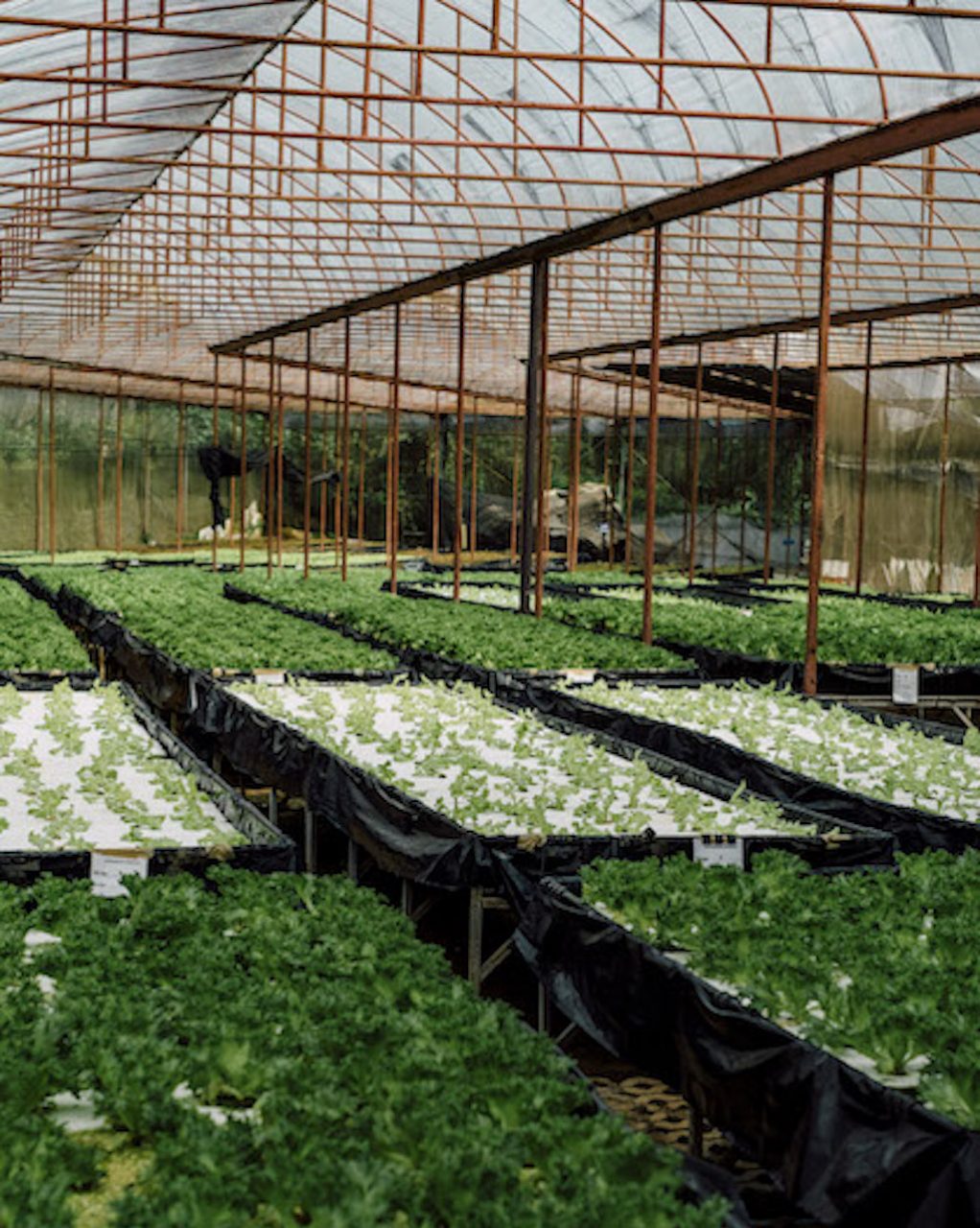
The understatedly luxe Villa Mahabhirom, which opened in late 2016, is one of the numerous hotels in Chiang Mai harnessing the supply of quality produce from the Royal Projects. “People often assume the food served at hotels is mediocre,” says co-owner Preechar “Sing” Trakkraponk.“But here at Villa Mahabhirom, our food is emblematic of our hotel’s philosophy – that of celebrating Thai heritage and providing luxury in a comfortable environment.”
The hotel’s elegant restaurant serves up authentic home-style fare, from a crisp and vibrant garden salad to a piquant and rich khao soi (northern Thai coconut curry noodle soup). Many of the ingredients used in these dishes – from lettuce and seasonal fruit to poultry – are purchased directly from the Royal Project Shop at Chiang Mai University’s Faculty of Agriculture, situated just a stone’s throw from the hotel. “We’re proud to use the locally grown, high- quality ingredients from the Royal Projects in our cooking,” Sing says.
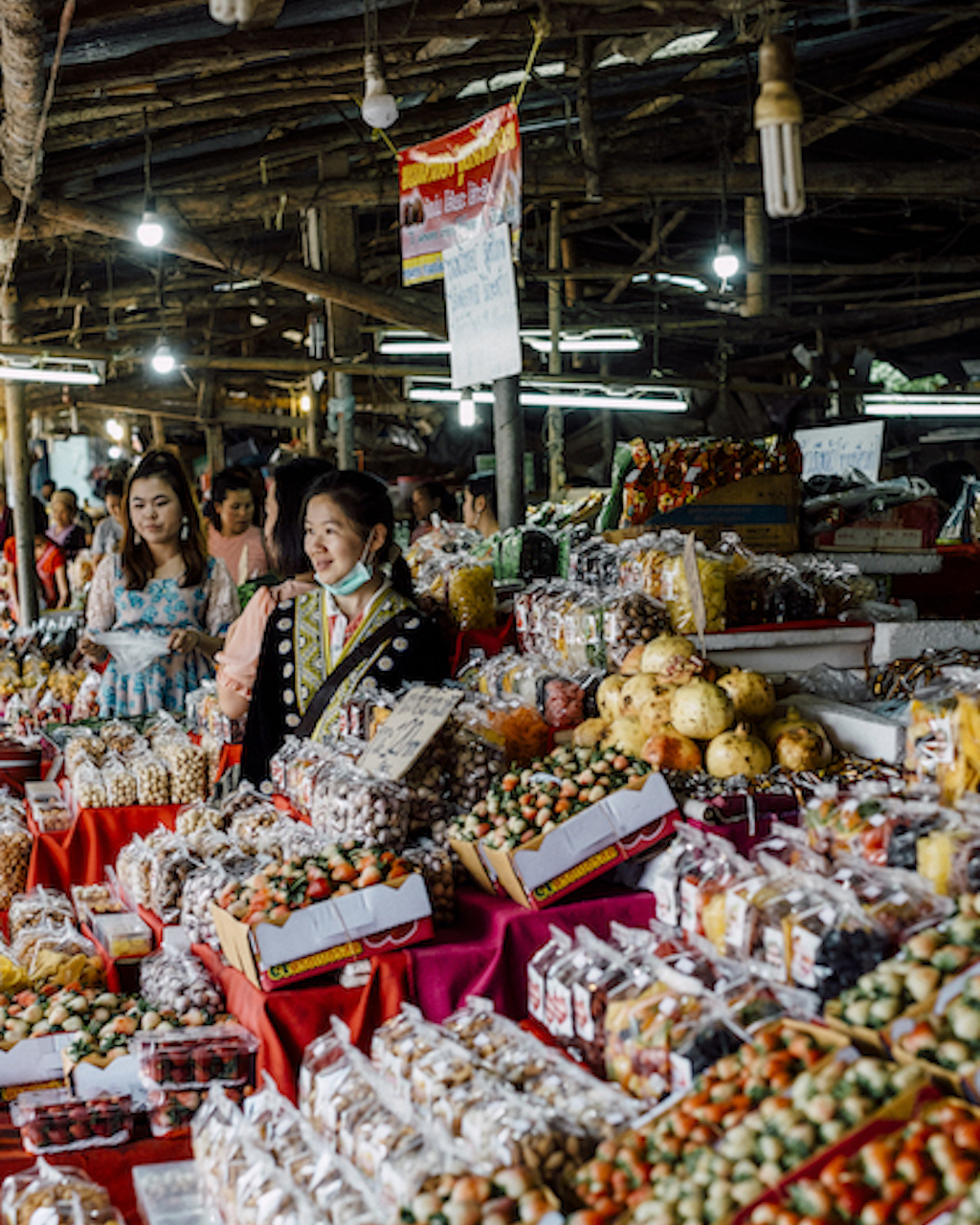
This is a story that’s played out regularly throughout the city, from swanky restaurants to hip cafés. For instance, Farang Ses at the Dhara Dhevi is undoubtedly one of the most upscale restaurants in Chiang Mai. Here, Chef Stéphane Courtin and his team plate up sophisticated French fare at prices to match, such as an indulgent appetiser of Royal Project caviar, potato ice cream and crème fraîche. It’s art on a plate – and food that’s fit for a king.
At the other end of the spectrum is Fresh & Wraps Restobar on Mun Mueang Road, a rustic-chic, light- filled café specialising in healthy and affordable fare. “Many of our dishes feature winter vegetables like radishes, which weren’t native to Thailand. Thanks to the Royal Projects, we’re now able to grow these crops here,” shares the café’s owner, Chiang Mai native Wannaporn Adhaonake (or Nuii). “As such, we’re also able to introduce more flavours to the local palate.”
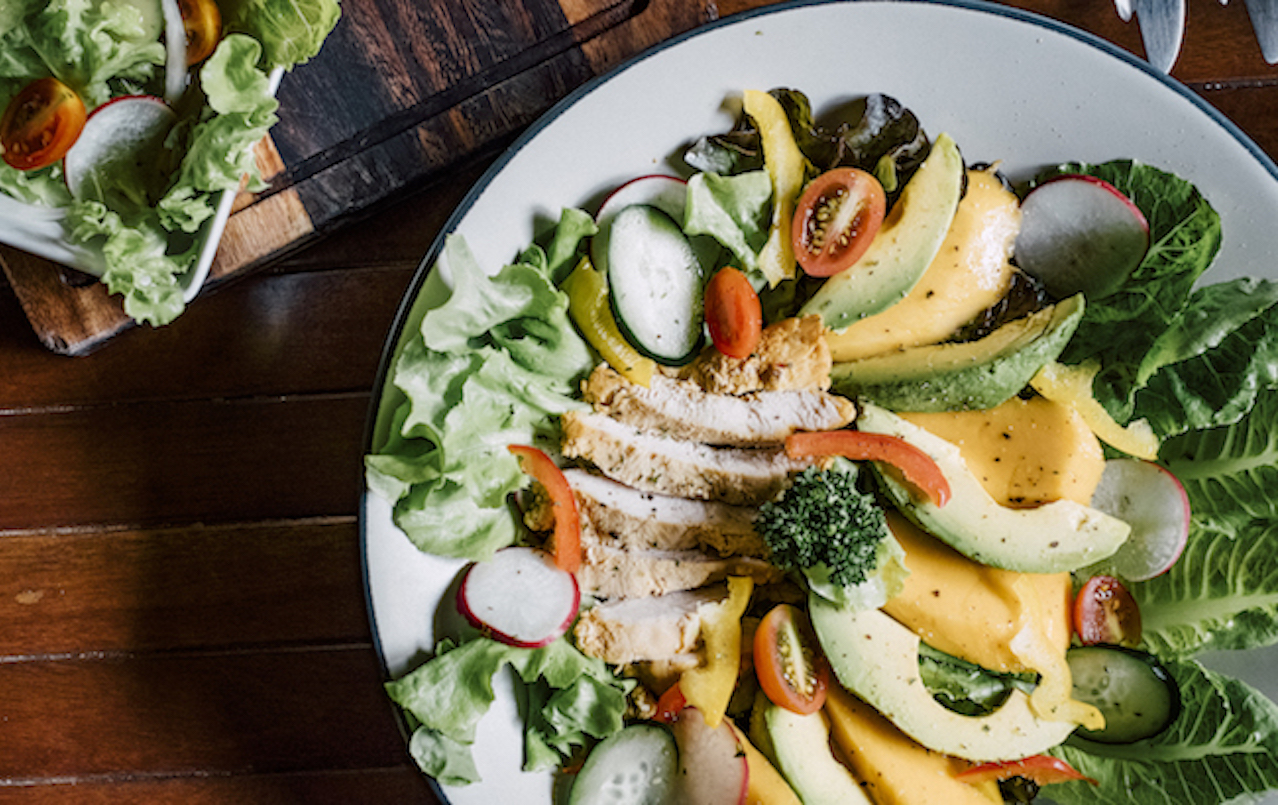
The bright-eyed 37-year-old sources seasonal produce like green oak and red oak lettuce, bell peppers, avocados, radishes, cherry tomatoes and aubergines from the Doi Kham Royal Project on the outskirts of Chiang Mai. Using these ingredients, she whips up virtuous dishes like an enormous avocado, mango and chicken salad, featuring a medley of greens like mixed leaf lettuce, red peppers, tomatoes and carrots. “A lot of our food is eaten raw, so we really need to be able to trust our ingredients. The various vegetables we use from the Royal Projects are healthy, as minimal chemicals are used,” she explains.
Nuii’s views are echoed by Phanuphon Bulsuwan, better known as Chef Black, who runs Blackitch Artisan Kitchen on Nimmanhaemin Road. His restaurant, which seats just 16 diners, is one of the hottest tables in the city today, with a menu that changes daily and champions local and seasonal produce – including smoked sturgeon and trout roe from the Royal Projects.
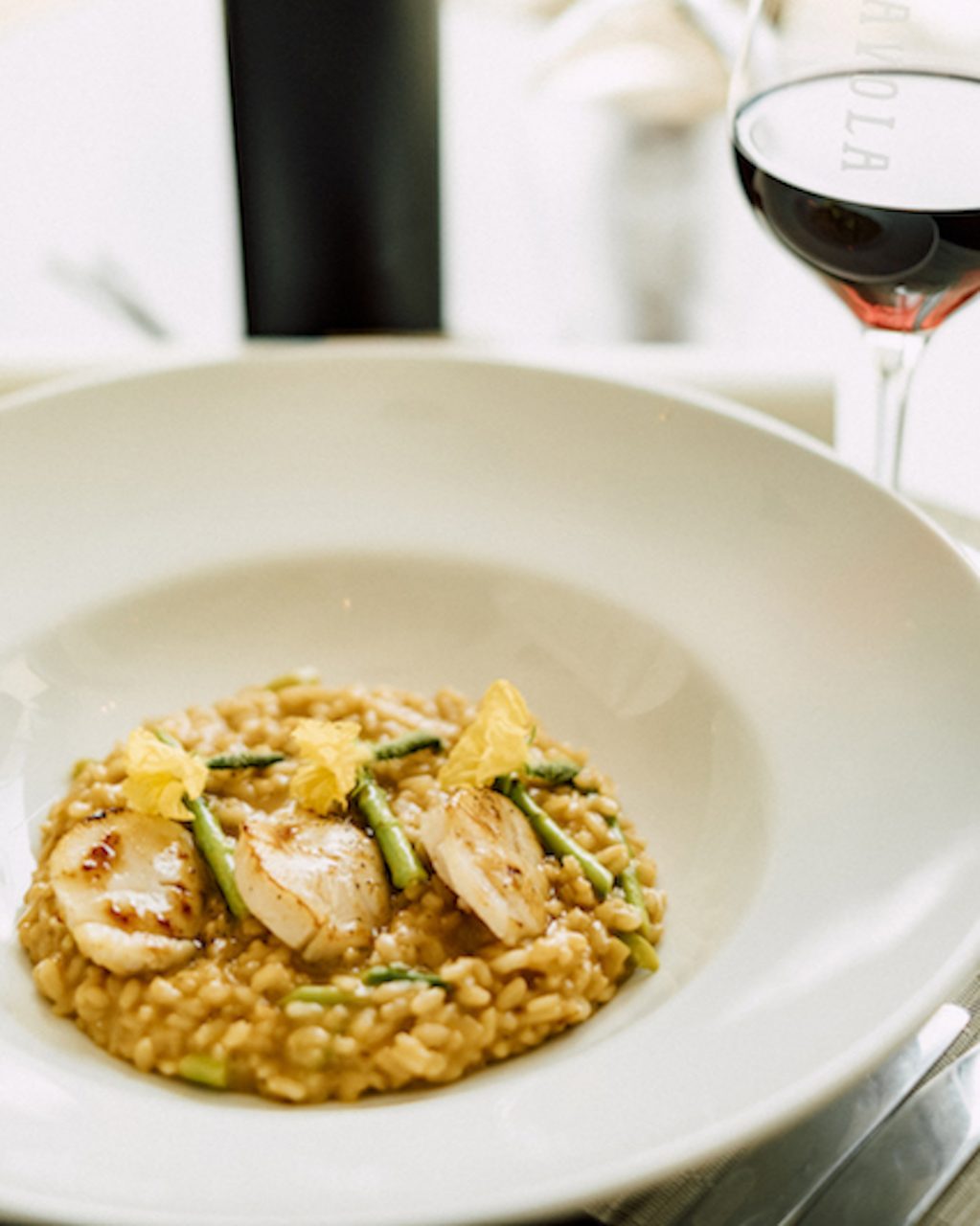
“When I first started as a chef six years ago, I used some vegetables, herbs, fruits and meats from the Royal Projects in my cooking, but not significantly so,” he shares. However, a visit to the Royal Agricultural Station Angkhang in 2016 changed all that. “Seeing the variety and quality of the produce being grown at the station filled me with culinary inspiration. I also realised how much the Projects benefit locals and alleviate poverty, which made me more determined to support them,” the 35-year-old explains.
“What’s more, the produce from the Royal Projects has so much variety and character, and the taste surpasses that of ingredients grown anywhere else. Thanks to the King’s vision, the land has now become a treasure.”
SEE ALSO: Why Khlong San is Bangkok’s next must-visit neighbourhood
This article was originally published in the January 2018 issue of Silkwinds magazine


